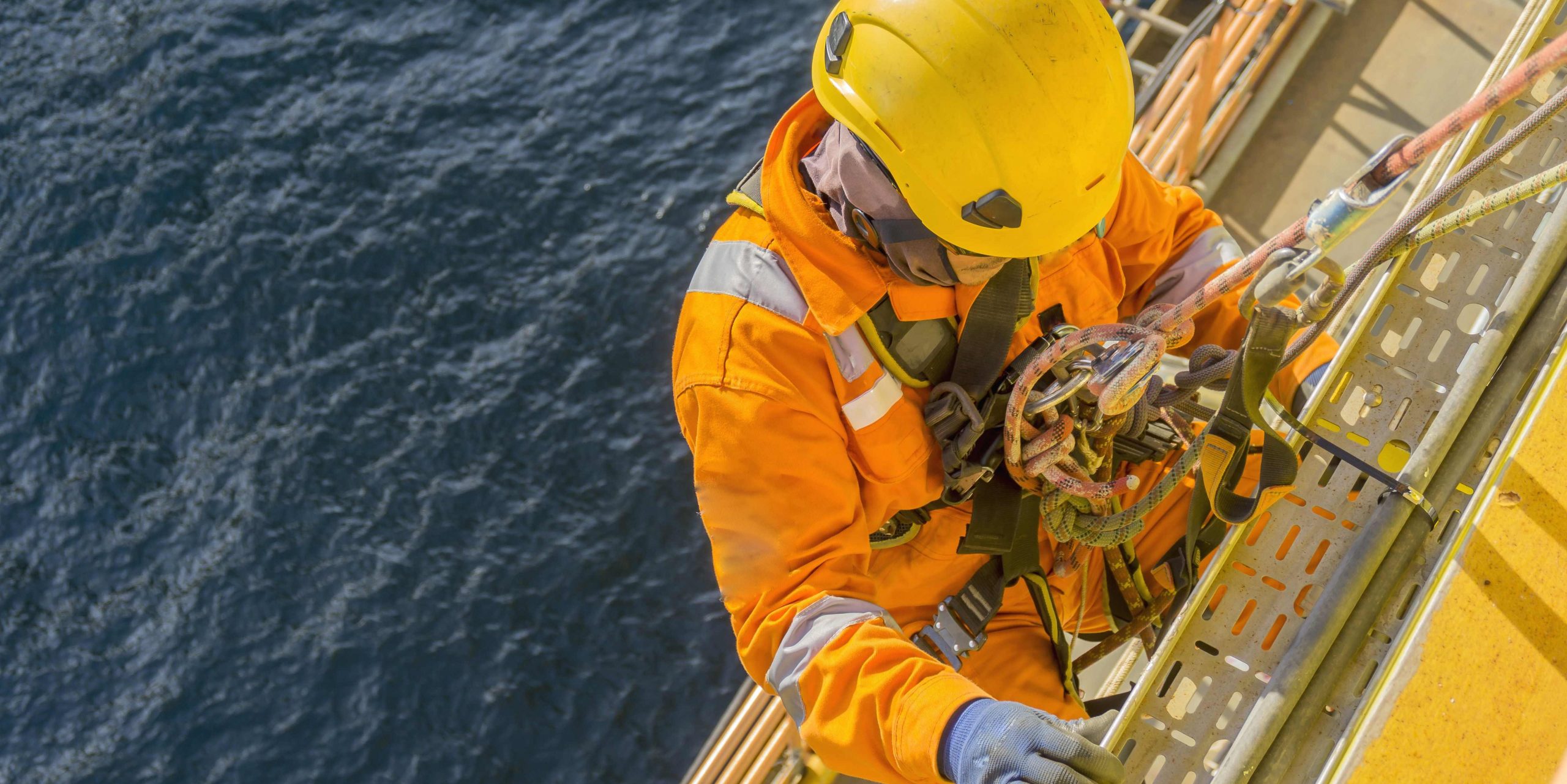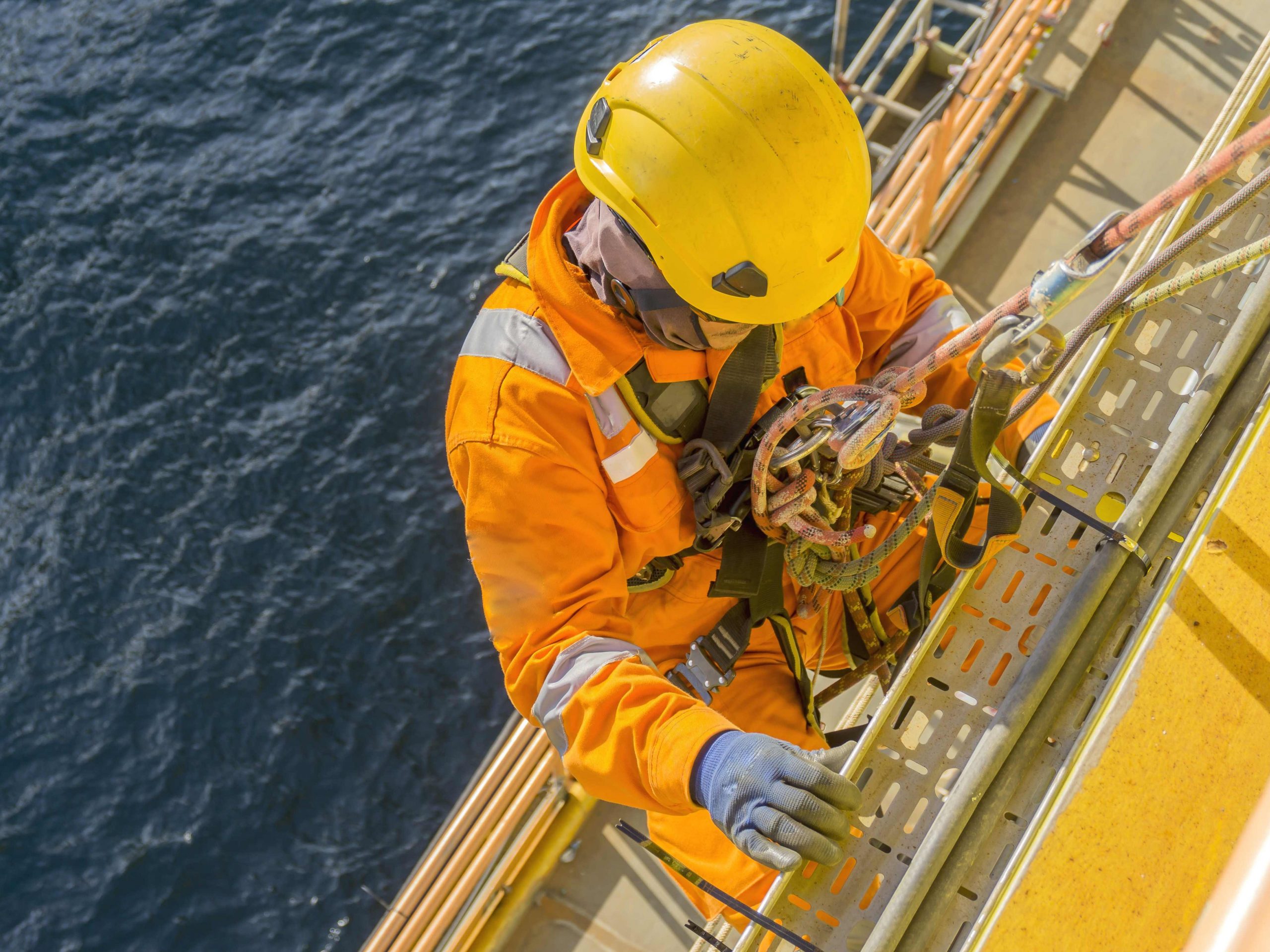With falls from height being the most common cause of workplace deaths in Great Britain, it is crucial to ensure safe working practices on safety-critical sites.
In 2023/24, 36% of all worker deaths (50 out of 138) were due to falls from a height, up from 37 fatal injuries in 2022/23.
The official statistics from the Health and Safety Executive (HSE) show that, on average, 28% of all worker deaths between 2019-2024 were due to falls from height, the most of any accident type.
As part of a campaign focused on health and safety, the ECITB is publishing a series of top tips to help create a better safety culture in the engineering construction industry (ECI).
With health and safety training being one of the key contributors in helping reduce accidents and lost-time incidents on sites, the ECITB’s CCNSG Safety Passport course helps to develop a positive health and safety culture, where safe and healthy working becomes second nature to everyone.
Below are tips from the CCNSG course to help keep you and your colleagues safe when working at height or when using ladders.
Working at height
Work at height means work in any place above or below ground where, if measures were not taken, a person could fall a distance likely to cause injury.
Work at height includes working on or in:
- Structures (eg scaffolds/mobile towers)
- Mobile platforms (eg MEWPs)
- Temporary devices (eg ladders)
- Trenches / excavations
To stay safe:
- Never go into a work-at-height situation without appropriate training, authorisation and PPE.
- Only obtain access to such a place via a staircase in a permanent workplace unless you are trained and authorised to use other means.
- If you are near a location where working at height is taking place, watch out for falling objects, barriers and signs.
- If you need to approach someone who is working at height, ensure they are aware of your presence early to avoid surprising them and causing them to have an accident.
- Avoid working at height, if possible, by using other appropriate methods.
Use of ladders
- Do not use ladders for the wrong purpose, e.g. as a working platform instead of scaffolding.
- Do not use the wrong type of ladder, e.g. a metal ladder near overhead electricity lines.
- Always lash and foot ladders.
- Always extend ladders one metre above their landing place.
- Never use defective or poorly maintained ladders.
- Always use ladders at correct angle (75° – one metre out at the base for every four metres in height).
- Ensure only one person is on the ladder at a time.
- Use tool-carrying bags to leave both hands free to hold the ladder.
- Report defects and remove ladders from service if necessary.
- Always check the ladder inspection tag is in date.
The ECITB plays a vital role in ensuring Britain has workers with the skills industry needs both now and for the future.
This includes the essential health and safety skills and knowledge to keep both workers and their colleagues safe when operating in some of the most hazardous and safety-critical environments in industry.
Sign up for updates
Your information will be used to subscribe you to our e-newsletter.
For more information, please see our Privacy Notice.


